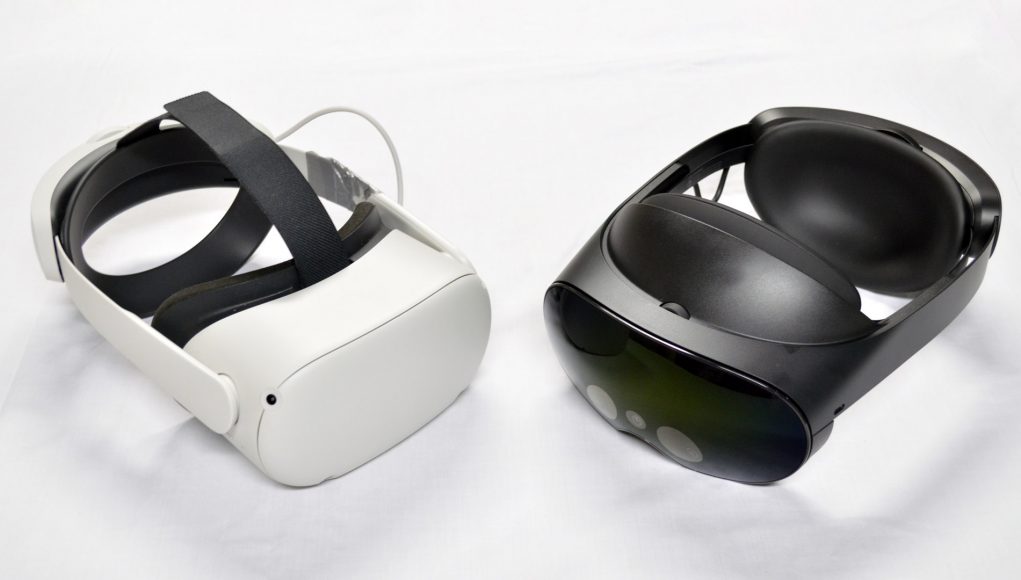For a few years now, many major industrial groups have tried out and used immersive learning in various capacities: technical training, management training, factory visits, etc.
The advantages of this kind of training are obvious in sectors where mastering prevention and management of complex hazards is at the heart of an organization’s training needs. Virtual reality (VR) enables staff to be trained without limits or danger to respond to situations impossible to reproduce in the real world.
However, this new technology has its own challenges. As for any new media, it means reinventing the ways we design, plan, produce and give training courses.
There are many success stories, as well as many flops. In this article we will look at the strengths of immersive learning and the challenges you will have to deal with to make your project a success story.
Virtual Reality’s Superpowers in the Training Sector
The digital world has no limits — when the immersive experience is well designed and produced, the advantages of virtual reality simulation can be many.
The challenge is to put the trainee in a mental state which is conducive to effective learning: the flow. To achieve this, the immersive experience should be fluid and comfortable, with intuitive, impeccable graphics and realistic sounds.
Teams internalize the training because it works on muscle memory, using professional motions. When the trainee is totally free to make choices, she or he has to think about the sequence and logic of what she or he does.
Once this stage is reached, the effectiveness of the training is compounded: Teams memorize professional motions through kinesthetic work, and improve anticipation and decision-making skills through immersion in an environment where they are free to do whatever they want, without fearing for their safety.
A collaborative experience enables you to go even further, through trainers and trainees’ interactions. When the trainee is totally free to make choices, she or he has to think about the sequence and logic of what she or he does.
In a real environment, it can be time-consuming, expensive, and dangerous — or even impossible — to replicate some situations or catastrophic scenarios. VR gives the opportunity to be trained totally safely for an unlimited number of situations, to trigger hazards and accidents and to assess the consequences of trainees’ reactions. Mistakes become a source of learning.
Augmented reality and mixed reality also give many training benefits, such as faster and easier induction into a complex job, and help with completing tasks which require precision or a strict procedure.
Challenges To Be Addressed
There are several considerations with immersive learning to think about, the first being obsolescence of the equipment. Fortunately, the emergence of autonomous VR headsets, which are user-friendly and inexpensive, as well as the setting up of standards to help with compatibility, tend to reduce these issues. Using a multiplatform solution still remains a must in order to adapt the system to all the company’s equipment.
Using and making known immersive training or XR (Extended Reality) within a company is also difficult. You need to manage the equipment and show the whole of the XR contents via a single portal app, for example. Big manufacturers like HTC and Oculus have understood that, and now they suggest offers adapted to professionals that enable remote management of the headsets, guaranteeing data safety and confidentiality.
From a teaching point of view, setting up immersive training means rethinking the role of the trainer. VR shouldn’t be seen as a tool to replace the trainer, but more as a tool to help training. Wireless headsets also bring the possibility of having several people immersed in the same training environment, with both trainer and trainees.
What’s more, when the immersive learning module is just part of the training as a whole, anticipation of continuity from one support to the next is necessary, not only from a teaching point of view, but also from a tracking one (data, scores, feedback and LMS).
Finally, the current crisis imposes strict hygiene rules when sharing VR headsets. There are disinfecting devices specifically designed for headsets, but for the moment, isolation and social distancing inhibit effective face to face training.
The revolution of autonomous headsets is on its way: user-friendly, powerful and increasingly affordable. These state-of-the-art headsets give access to a host of varied content. We can expect that in a few years, we’ll find them in everybody’s homes, just like TVs and smartphones.
Immersive learning and remote collaboration will then herald a new era: that of ubiquity. The revolution of autonomous headsets is on its way: user-friendly, powerful and increasingly affordable.
Quelle:




